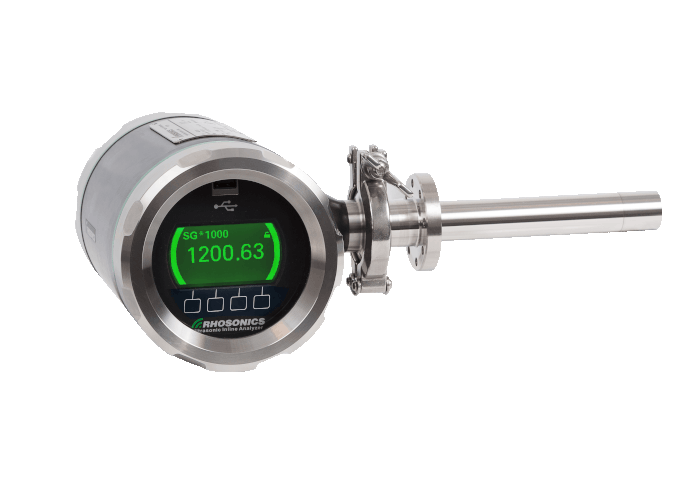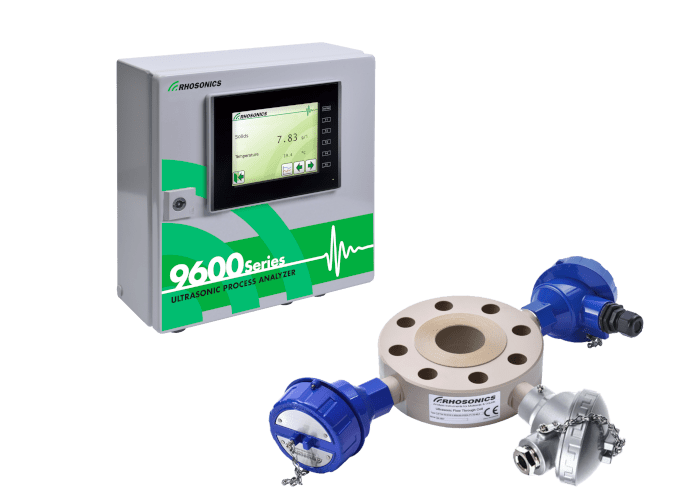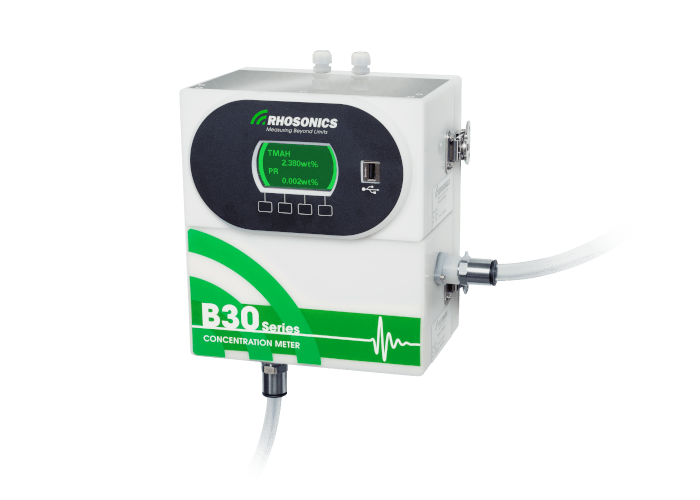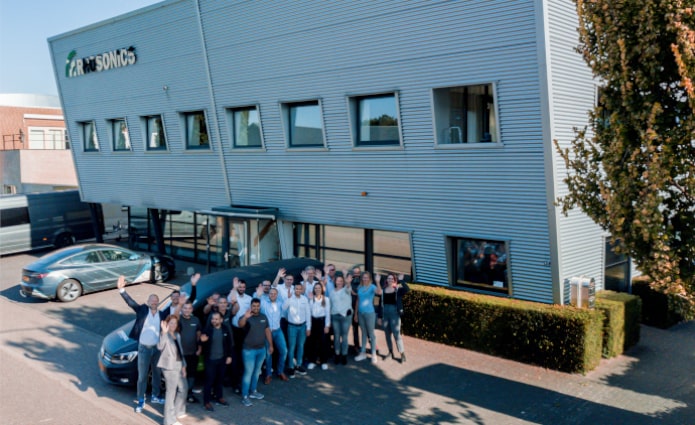Ultrasonic analyzers
Welcome to our page where you can discover the three categories of ultrasonic analyzers that Rhosonics has to offer. The SDM utilizes a non-intrusive ultrasonic sensor to provide real-time density measurements of mineral slurries, even under high-density levels and in very large pipes. The CDM, on the other hand, is an ultrasonic analyzer that is applicable in various settings to measure chemical-based slurries or liquors. Lastly, the CCM enables real-time measurement of the concentration of chemicals and solutions.
Slurry Density Meter
The non-nuclear Slurry Density Meter is suitable for real-time density measurement in all kinds of slurries. The product uses sustainable ultrasonic technology and is specifically designed for dredging and mineral processing applications. This ultrasonic analyzer uses a non-intrusive ultrasonic sensor to measure the real-time density of mineral slurries under high-density levels and at very large pipes.


Chemical Density Meter
The Chemical Density Meter offers real-time information about multiple parameters of liquids or slurries. The ultrasonic analyzer CDM is for in-line measurement of TSS (Total Suspended Solids), TDS (Total Dissolved Solids) and density. Additionally, the sensor can withstand rough conditions of chemicals and mineral slurries thanks to the corrosion and abrasion-resistant sensor materials.
Chemical Concentration Meter
The Rhosonics CCM (Chemical Concentration Meter) accurately measures chemical concentrations in real-time and designed to withstand harsh conditions. Additionally, the CCMs (e.g. B30 series) offer precise readings for high-concentration liquids, making them ideal for various industries. Moreover, with easy installation and minimal maintenance, the CCMs can measure a wide range of chemicals, including acids, bases, and solvents, while also reducing waste in industrial processes.

For more information about Rhosonics or our ultrasonic analyzers, please take a look at our LinkedIn, Instagram or Twitter page. For questions, you can contact us directly or take a look at this page to get in touch with your local distributor.



